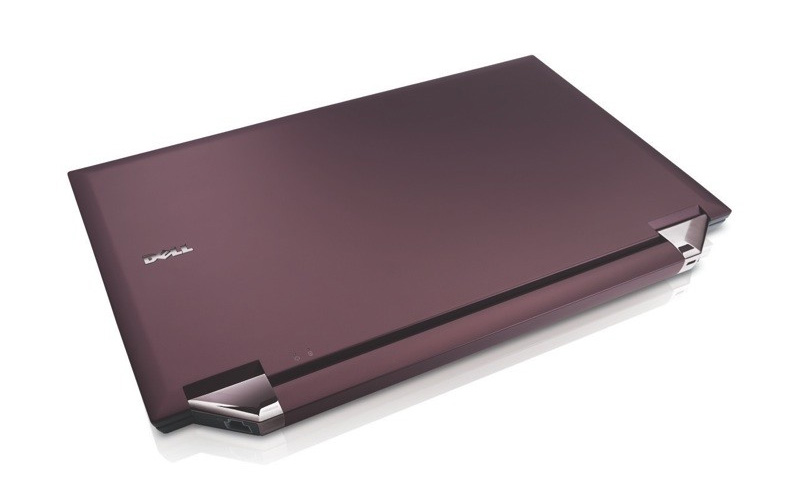
At a special press event today in San Francisco, Apple announced a complete refresh of its iPod portable media player line—including a new touchscreen-based edition called the iPod Touch and a video-capable version of the iPod nano—along with a Wi-Fi version of the iTunes music store, the capability to buy iPhone ringtones via iTunes…and new iPhone pricing: $399 for the 8 GB version, down $200 from when the iPhone was introduced just over two months ago.
Falling in line with industry speculation, Apple has introduced an new all-metal version of the iPod nano with a 2-inch, 320 by 240 pixel LCD display—unlike the previous generation, the new iPod nano is capable of displaying video purchased from the iTunes store. The new version of the iPod nano also supports Apple’s popular new Cover Flow feature and iPod games (including a version of Sudoku). Where the original nano was tall and thin, the new iPod nano has distinctly squat proportions, in line with industry-watchers’ speculation about a "fat nano." According to Apple, the new nano will support up to 24 hours of music playback or 5 hours of video playback on a single battery charge. A 4 GB version will be priced at $149, with an 8 GB version available for $199; both will be available in a variety of colors, including black, silver, green, baby blue, and (PRODUCT) RED edition, and should be available at Apple Stores and retailers by this weekend.
The new version of Apple’s flagship iPod media player—now dubbed the "iPod classic"—also offers an all-metal design, and Apple is expanding the units’ storage capacity, with iPods starting at $249 with 80 GB of storage and the high end of the line touting a 120 GB hard drive and a $349 price tag. Apple says the new iPods will offer up to 40 hours of audio or 7 hours of video playback on a single battery charge.
However, the most significant change to the iPod line will be the iPod Touch, a new flash-based iPod which bears a striking resemblance to Apple’s iPhone and which sports an iPhone-like multi-touch screen interface, 8 to 16 GB of flash-based storage, 802.11b/g Wi-Fi, and integrated version of Apple’s Safari Web browser. Although the iPod Touch lacks the Click Wheel interface touted by generations of iPods, it does sport the iPod universal dock connector so it’s out-of-the-box compatible with a broad range of "Made For iPod" accessories. Apple says the unit will offer 22 hours of audio or 5 hours of video playback on a single battery charge. The iPod Touch offers built-in functionality from Google and Yahoo, as well as an integrated YouTube video viewer, just like the iPhone. According to Apple, the iPod Touch will be available in "a few weeks," at $299 for the 8 GB edition and $399 for the 16 GB edition.
Apple is also unveiling a Wi-Fi edition of its iTunes music store, so owners of the iPod Touch (and on the iPhone within a few weeks, courtesy of a coming software update)) can purchase music from iTunes while out and about, and have it sync back to their computers seamlessly when users return to home base and dock their iPod. According to Apple, the Wi-Fi edition of the iTunes store will offer the same pricing and selection as the in-application version of the iTunes store, and will enable customers to preview songs via Wi-Fi just like the conventional version of the iTunes store. The Wi-Fi version of the iTunes store will be available in all 22 countries in which Apple operates iTunes.
Apple has also partnered with Starbucks such that when iPod Touch (or iPhone) users get near a Starbucks with Wi-Fi, a Starbucks button appears enabling users to buy songs playing or recently played at the coffeeshop with one touch. Users will also be able to access the Wi-Fi iTunes music store for free from Starbucks. The Wi-Fi access will roll out in New York and Seattle beginning in October, with additional markets coming online through the first quarter of 2008.
Regarding the iPhone price drop, Apple is apparently phasing out the 4 GB version of the phone, noting that the 8 GB edition was overwhelmingly outselling the 4 GB edition. The new $399 price for the 8 GB version is $200 less than the introductory price for the 8 GB edition, and $100 less than the initial price for the 4 GB edition.
In addition to updates iPods, Apple also announced a new version of its iTunes jukebox applications which enables users to create iPhone-compatible ringtones from songs they’ve purchased from the iTunes music store. Apple says more than half a million songs are eligible for conversion to ringtones (they’ll display with a little bell in the iTunes store listings); users pay just $.99 in addition to the cost of the song. The iTunes ringtone maker will let users create their own 30-second ringtones from purchased songs, rather than relying on pre-cut song edits which (inevitably) leave out the key lyric or riff that users wanted as a ringtone in the first place. Unfortunately, the ringtone feature only supports the Apple iPhone…perhaps giving the pricy-yet-popular handset another sales boost.
Apple is also shipping new (PRODUCT) RED versions of the iPod shuffle, offering 1 GB of storage and a $79 price tag. In all, the iPod shuffle will be available in five colors.
Editors' Recommendations
- Apple iPhone 13 buying guide: Release date, price, specs — everything we know
- Digital Trends Live: Uber’s assault problems, iPhone location-data leaks, more
- Digital Trends Live: iPhone 11 and Nintendo Switch leaks, insect meat, and more


